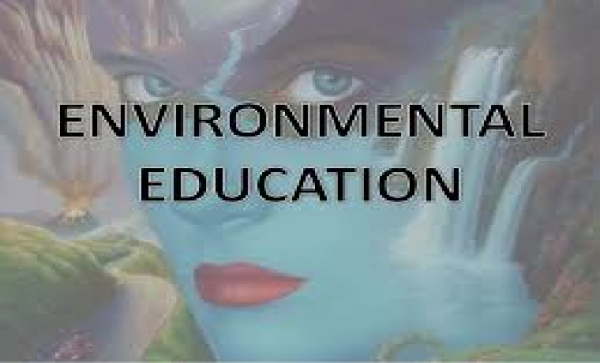METHODS OF SUCCESSFUL LEARNING IN ENVIRONMENTAL EDUCATION

Preparing students for their future life requires active classrooms and successful learning. Students spend nearly one third of their lives in schools, shaping their personalities, which are very difficult to change in their later lives. Their integration in society later depends very much on their personal qualities and competences, which to a great extend are products of well-organized and well accomplished education involving a cozy atmosphere of mutual understanding, collaborative inquiry learning and experience in all school subjects. Trying to implement this idea we came across several problems: In what ways in a swiftly changing world should the educational process be organized so that the students can learn successfully throughout their lives? What are the psychological, pedagogical and social factors that exert an influence upon successful learning? How should successful learning be evaluated? These questions build up the core of a successful society tomorrow.
These challenges motivated us to try and find some solutions.
1. Significance of teaching methods Successful learning in environmental education (EE) is closely related to methods used by the teacher and the learners. In an age of incessantly growing information the entire educational paradigm changes continuously due to the unceasing social and technological changes (Gang, 1989). Many problems connected with successful teaching are under investigation (sее notes): students working in small groups (Carlson,2003), debating (Christudason, 2003), peer learning (Gwee, 2003), competition and cooperation (Ip, 2003), concept construction (Ip, 2003), meaningful learning (Ip, 2003a), project work (Ip, 2003b), problem solving (Meyer-Hole, 2003), presentations (Toy, 2003), motivation (Lines, 2003), and grading teachers (Monahan, 2000). The teachers` role is to organize, direct, guide, help and support the inquiring cognitive activity of students. The student is at the center of the educational process (Ellis, Sinclair, 1990; Marzano, 1997; Gang, 1989). It is no longer enough for the teacher to know a lot, to be able to explain in a simple and interesting way, and to have personal charisma. He or she should facilitate and direct learning by stimulating students to ask questions, reacting to their answers, helping them accept challenges and disagreements, discuss contradictions, think critically and offer creative solutions. It is very important for the students to overcome their dependence on the teacher by developing their own styles of successful learning and skills for objective and realistic self-evaluation. That will help them to undertake the responsibility for their education and personal development and to avoid putting the blame for their failures on somebody else (Kostova, 1998) Methods of Successful Learning in Environmental Education For living in the twenty-first century, new personal characteristics are needed – memory, physical abilities, aesthetic feelings, communication skills, the charisma of the leader. Knowledge is dynamic and is continuously passing from one state into another and that is why it should be acquired, renewed and used in life (Delors, 1996).
For successful learning to be possible, students should satisfy certain requirements: a conscious approach to cognitive tasks, studiousness, curiosity,tolerance, self-criticism, realistic attitude, open-mindedness, active learning, and organization (Kostova, 1998). They should develop “powerful habits of mind that enable them to think critically, think creatively, and regulate their behavior” (Marzano, 1997) There is a difference between cognitive skills and a capacity for self-education. Cognitive skills prepare for the achievement of short-term goals and are initiated by an external factor (National Educational Standards). A capacity for self education requires unified strategy for learning and development of personal plans and aspirations. The student has to rethink his methods of learning continuously, experiment in searching for and acquisition of new methods, while at the same time seek actively objective self-evaluation (Kostova, 1989)
The introduction of educational innovations in the classroom develops students’ independence and gives them the capacity to be more self-confident and self-reliable in striving for the acquisition of their own goals and aspirations as well as to be prepared for life-long successful learning. Successful learning requires a change in attitudes to education both in the teacher and in the learner. Every student makes a contribution to the creative climate in a cozy and stimulating classroom and in taking learning out of the classroom into the open or other learning environments. The teacher is a partner, a facilitator, a leader, a stimulator, a force, a master mind of students’ successful learning. Successful learning requires a new attitude to science, viewing it not as an isolated system of knowledge but as a dynamic structure that interacts incessantly with all other parts of culture.
SOURCE: Environmental Education Asia and the Pacific
The author of this article is Asst. Professor, Pioneer Institute of Professional Studies, Indore





